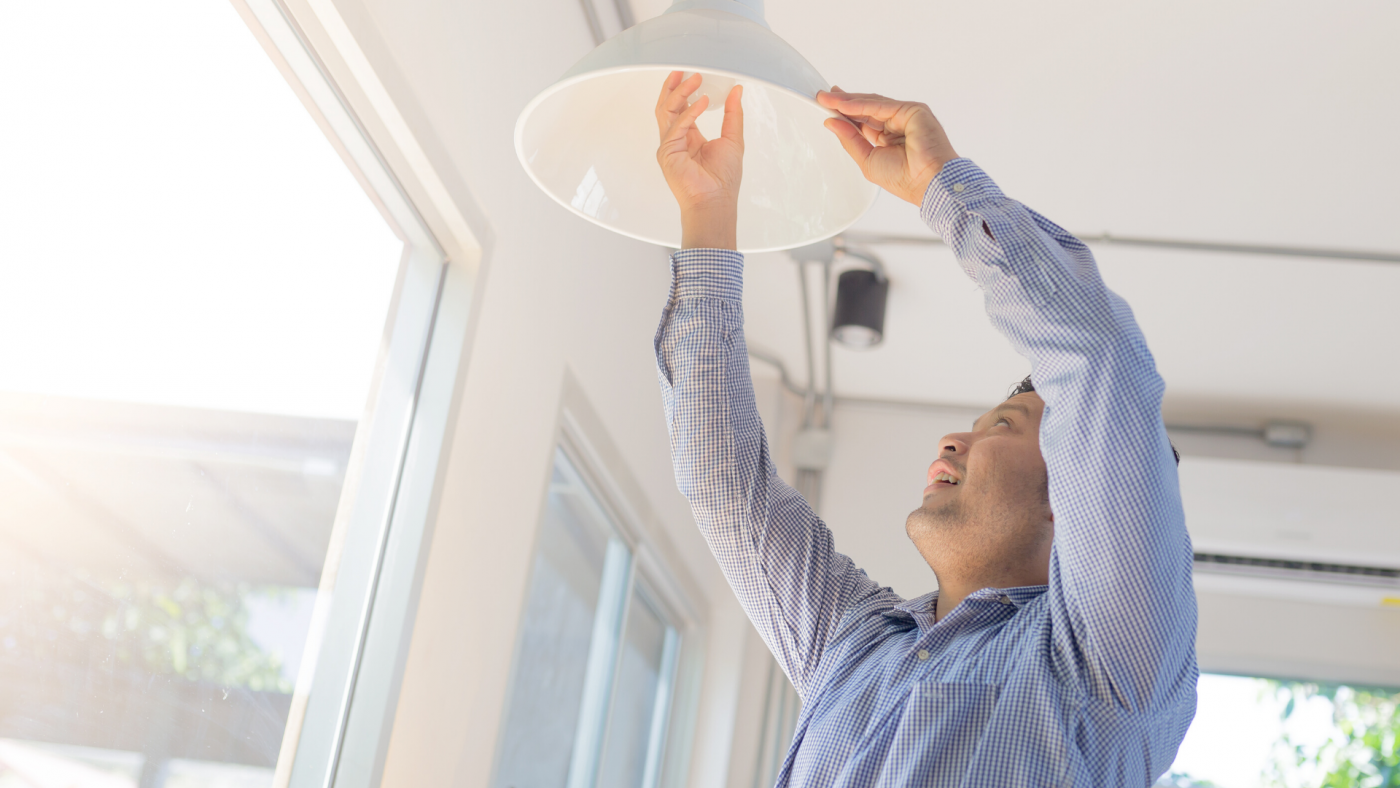By: Mike Bull
Read the original post here.
In December 2018, Xcel Energy's President and CEO Ben Fowke announced a clean energy vision for his utility: to provide zero-carbon electricity to customers in the eight states that Xcel Energy serves by mid-century, or as near to that as feasible given technology, reliability, and affordability constraints.
We applaud and support Fowke’s remarkable “first in the nation” announcement, not only for its own sake but because it amplifies and enables the call by clean energy advocates, corporations with sustainability goals, and numerous Minnesota communities to accelerate deployment of clean energy in Minnesota.
Minnesota policymakers will soon be asked to establish a similar goal for all Minnesota electric utilities. We support setting a goal for a high percentage of carbon-free electricity for Minnesota—but caution that such a goal may be little more than a hope, without appropriate flexibility in technologies and milestones, as well as a multifaceted set of enabling policies. The goal and enabling policies need to be comprehensive and well-negotiated with a wide-ranging set of stakeholders to ensure broad, bipartisan and long-lasting support.
That’s the Minnesota way of setting energy policy—finding common ground to reach higher ground.
We think any goal-setting legislation or executive order by incoming Governor Tim Walz should address the following (and likely other) considerations:
Maximize energy efficiency. Energy efficiency is the silent hero of the clean energy transition, helping Minnesota’s homes and businesses control their energy costs. Achieving high penetrations of carbon-free electricity will require that we continue Minnesota’s nation-leading efforts to squeeze energy waste out of our economy, and keep avoiding utility investments that aren’t needed and that customers shouldn’t pay for. We can also broaden our approach to include load shifting and efficient electrification measures that reduce emissions as they reduce customer bills, for more of an “integrated demand-side management” approach. CEE will propose legislation on this in 2019.
Rely on least-cost planning and least-cost resources. Equally critical to ensuring affordability of the clean energy transition is to rely heavily on the least-cost clean electricity resources available to us, identified through Minnesota’s exemplary Integrated Resource Planning process. Most of Minnesota’s aging baseload fleet will be retiring over the next 20 years, creating a massive clean energy opportunity. Replacing these generation resources with wind, solar, demand response, and cost-effective energy storage will help keep the costs of the clean energy transition affordable. Relicensing Xcel Energy nuclear plants should also be on the table, as should increasing our reliance on large hydropower resources to our north. And — as suggested by Xcel Energy in announcing its mid-century goal — we may well need some carbon-free dispatchable technologies not yet commercially available, for which we’ll need extensive technology R&D.
Consider consumer needs. Minnesota's low-income consumers already struggle with the costs of energy, and we will need additional policy interventions to mitigate their energy burden. At the same time, it’s important that we address cost and reliability concerns that might be raised by commercial and industrial customers, many of whom are increasingly supportive of clean energy. These businesses are critical to the health of Minnesota’s economy and we need to work with them to ensure the clean energy transition remains a net positive.
Act through electric utilities. Decarbonizing the electric system will require collective action. And well-run, well-regulated, financially healthy, and properly motivated electric utilities have long been powerful institutions for advancing the public interest in our state. We need our electric utilities to see benefit in this transition — to do well by doing good — for them to make the critical investments needed in the electric system in coming decades. Participation by innovative third parties and technologies should be encouraged and coordinated largely through partnerships with the utility — think “Apple App Store,” rather than “Microsoft open source.”
Address host community and worker transition. As we retire and replace Minnesota’s aging baseload fleet, the needs of the communities that host these power plants, as well as the workers that make their living there, will need to be addressed and the impacts from generation retirements managed. CEE is working with the Coalition of Host Communities, Xcel Energy, and Minnesota Power on a first step toward identifying those impacts, but more work will need to be done.
Work with Labor. As we plan and build the resources to replace retiring generation, it’s important that Minnesota workers see opportunity, and not just job loss. Transitioning to a clean energy economy should create family-supporting jobs for our workers. Our ally Clean Grid Alliance is working with labor groups to identify policies that work toward this important goal.
Plan and implement necessary grid investments. We will need our utilities to plan for and continue to invest in the reliable, flexible, resilient grid we’ll need to support the high penetrations of renewable resources that decarbonization of the electric system requires. This will include both redesigning the current grid that is dependent on retiring generation, as well as the grid that’s needed to collect and deliver electricity to and from customers.
Again, we support both Xcel Energy’s ambition to be a carbon-free utility by mid-century, as well establishing an equally ambitious goal with a comprehensive set of enabling policies for all Minnesota electric utilities.
As we decarbonize our electric supply, we can use that decarbonized electricity for transportation and other uses where it makes sense for customers and reduces emissions. Done well, accelerating Minnesota’s clean energy deployment can be a “win-win-win-win” proposition—good for customers, good for the state economy, good for our air and water resources, and good for Minnesota’s energy independence.
Related resources
"Minnesota's Moonshot, Part 3: Decarbonizing our electric supply" (CEE blog)
Minnesota Energy Efficiency Potential Study (2020-2029)
Clean Grid Alliance

